5 Design Tips for Aspiring Urban Gardeners
Designing an urban garden presents unique challenges. Small spaces mean that every plant has to really count. Yards surrounded by tall buildings and trees are often shadier than their suburban counterparts. Rooftops and decks can be windy and dry. There’s precious little advice out there specifically geared to garden design for an urban space, so we…
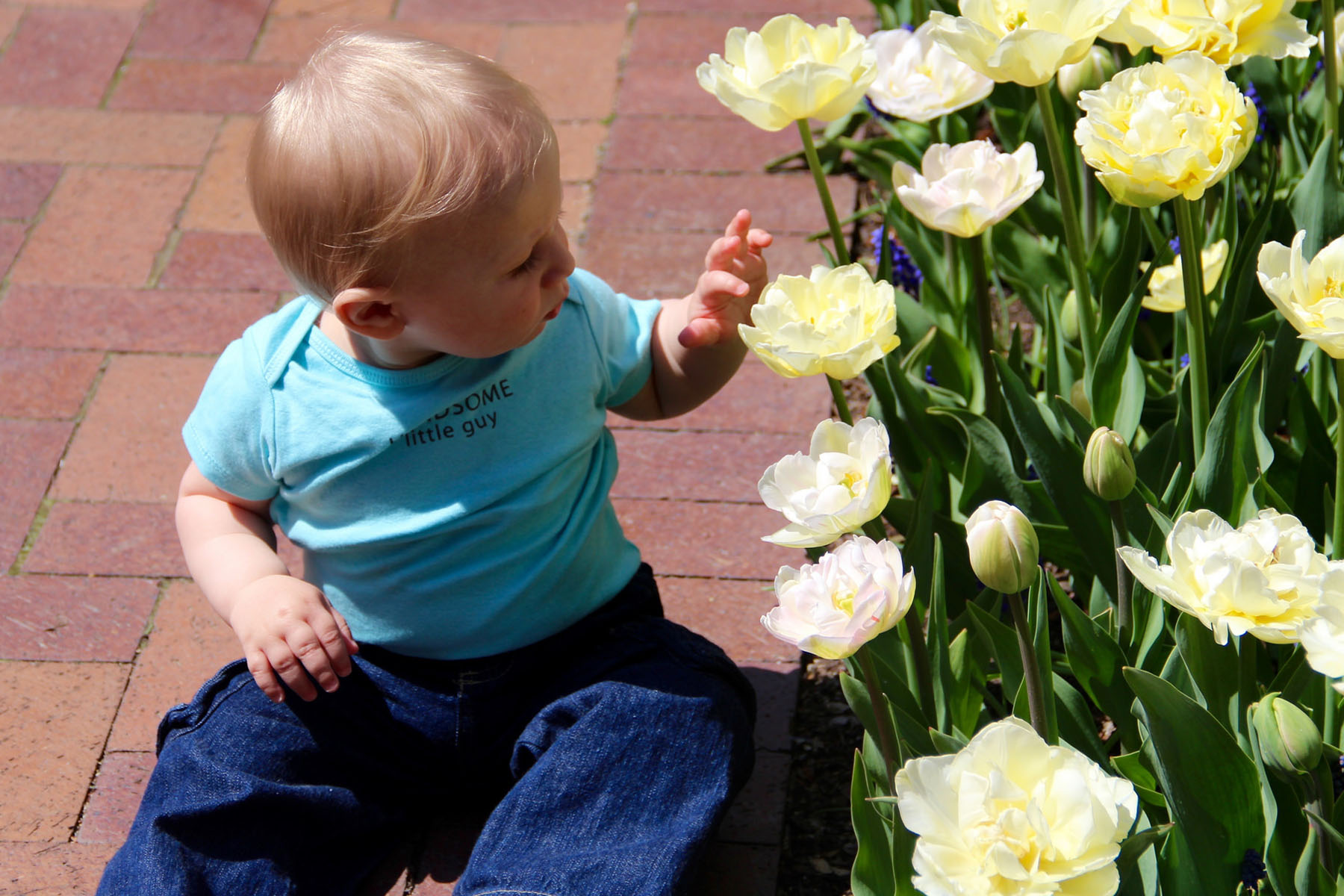
Designing an urban garden presents unique challenges. Small spaces mean that every plant has to really count.
Yards surrounded by tall buildings and trees are often shadier than their suburban counterparts. Rooftops and decks can be windy and dry.
There’s precious little advice out there specifically geared to garden design for an urban space, so we asked four of our Brooklyn garden experts for their best tips for urban gardeners.
Know the conditions, limitations, and advantages of the space.
Does it get a lot of direct sunlight, or is it mostly in shade? Does your yard have good drainage? Is it protected from the wind? How much space do you have to work with? All of these factors will affect which plants are appropriate for your garden.
You may want to draw a diagram of your yard, noting which parts of the space get sun at which times of day. This will inform whether you buy plants that thrive in shade or those that need plenty of direct sunlight.
“A mossy, fern garden probably won’t work well on a rooftop with full sun, little moisture, and high winds,” says Katherine Aul of Staghorn, “but could be a great success in a shady, protected brownstone backyard.”
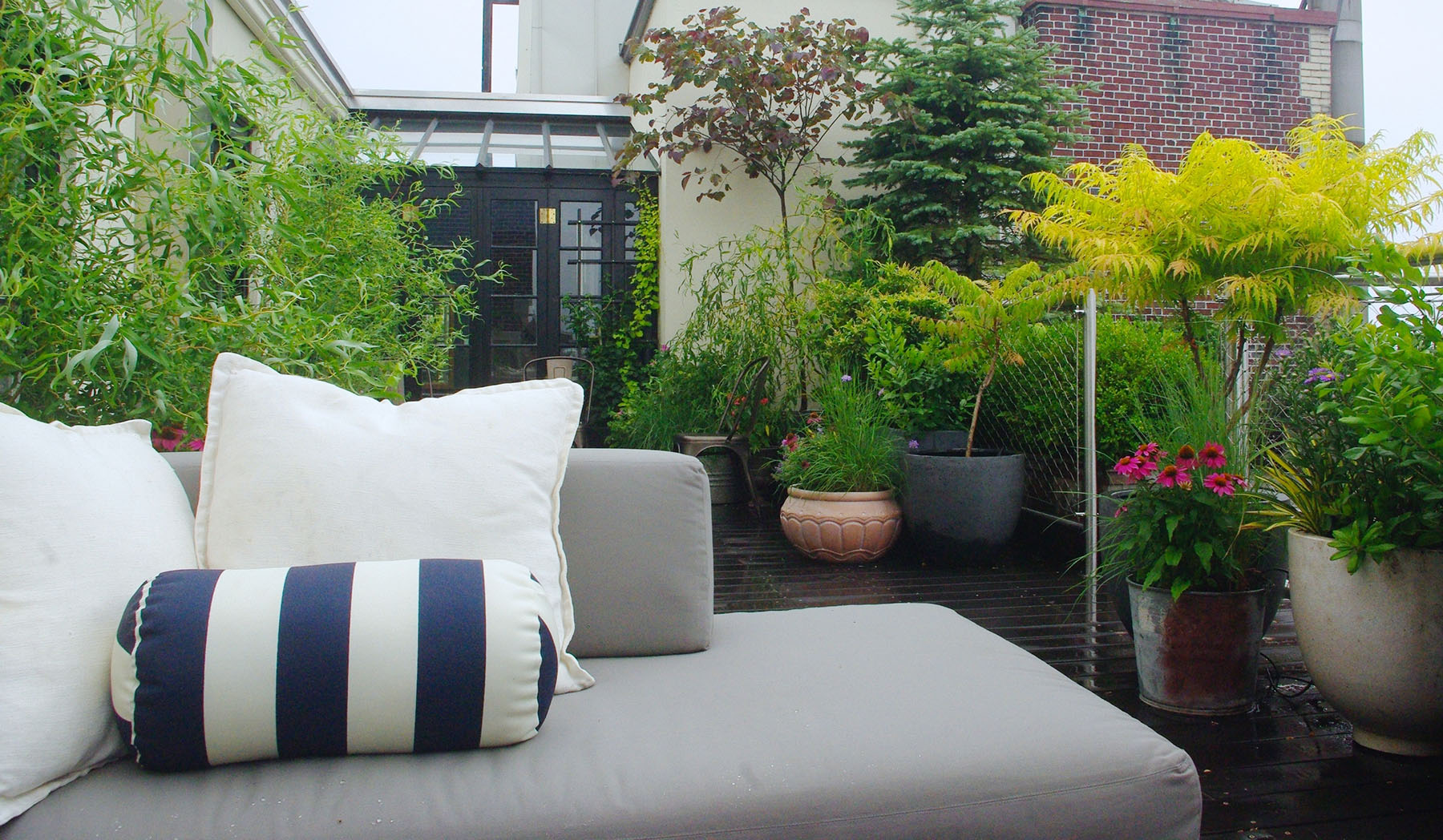
Consider what you want to do in your garden.
“Do you want it to be filled with flowers?” asks Jacob Hawvermale of Urban Roots. “Are you looking for a source of fruits and vegetables? Do you want a highly functional space for entertaining?”
The first step toward making the best use of your space is having a clear picture in your mind of your ideal backyard, and what you and your family will be doing there. This will inform the “hardscaping” (e.g.: walkways or water features), structures such as decks and fences, and even the plants you choose.
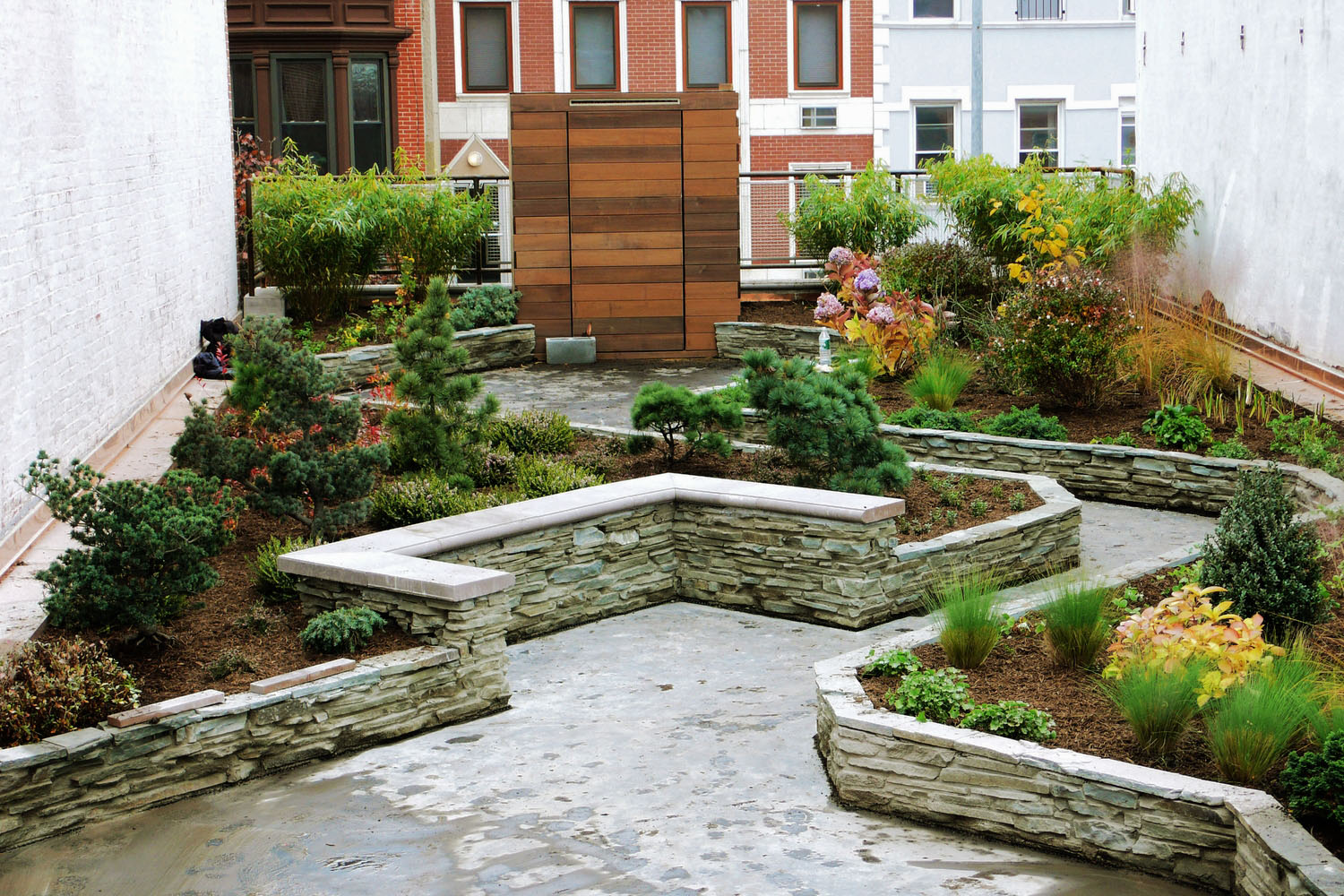
The plants come last.
According to James Stephenson of The Artist Garden, it’s important to get the order of your garden design right: Plan the structure — such as paths, fence and patio — first, and the plants last.
“It is important to see the new layout,” he says. “You may want to re-evaluate your plant design, once you see how the hardscape has transformed the space. You can design the hardscape around your vision for the plants, but 90 percent of the time the hardscape will go in first.”
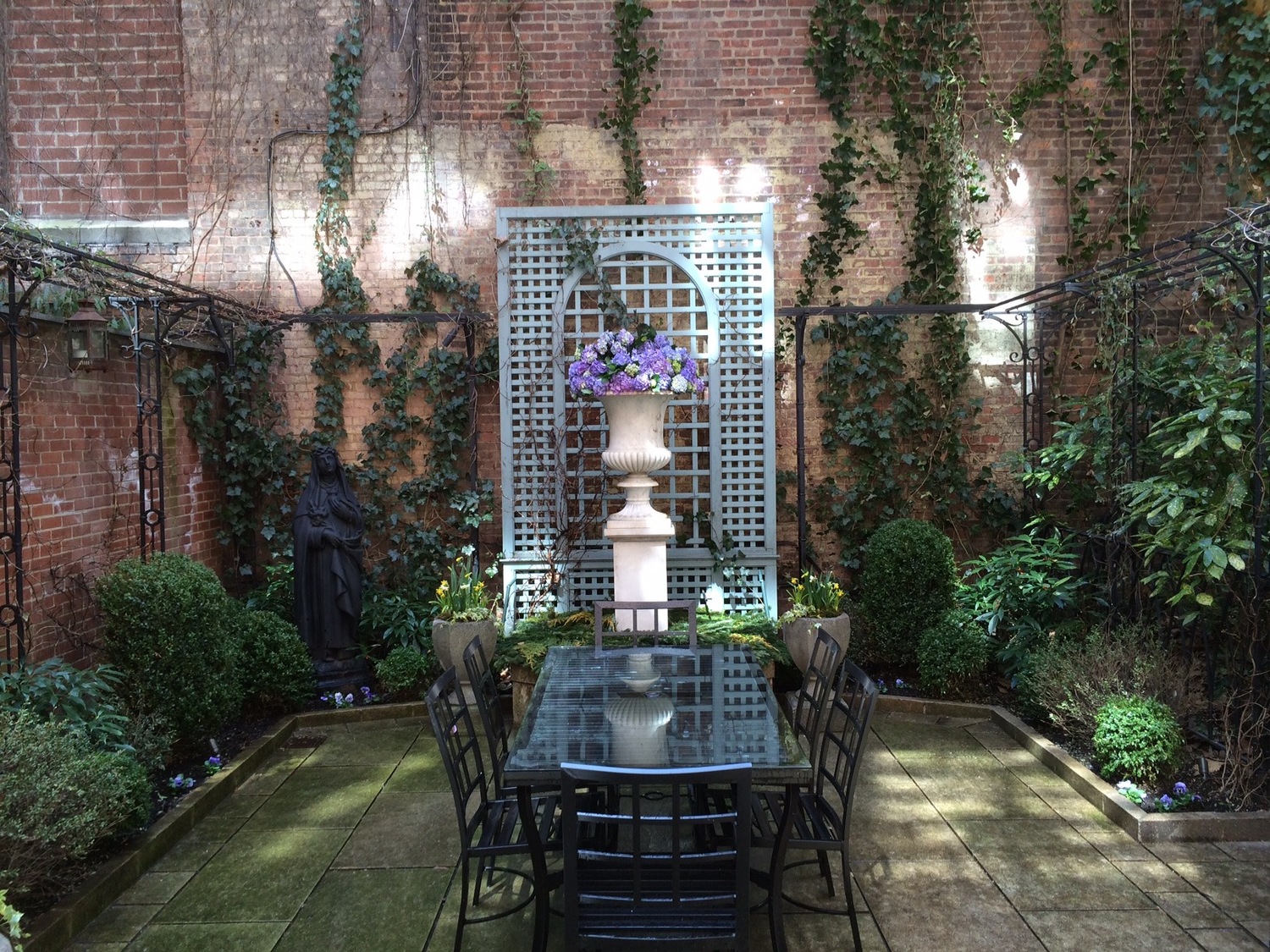
Plant for four seasons.
There’s nothing like a garden full of late spring blossoms. Ideally, though, you want your garden to look good year-round.
When choosing flowers, opt for those with a longer blooming season. You don’t want to use up valuable space for a plant that blooms one week out of the year.
“There are plenty of plants that look their best in early spring or later in autumn,” says Katherine Aul of Staghorn, “like redbud trees, bulbs, and fothergilla in spring, or aster and ornamental grasses in autumn. Throw in some evergreens to keep the color going through the winter.”
Choose grasses for textural interest, evergreens for form, and plants with interesting bark or other features when flowers are over.
Not that green is the only color in your wintertime palette. The red berries of a pyracantha shrub or the red bark of a Japanese maple can provide a welcome accent against a blanket of snow.
The enormous blooms of the hydrangea last almost the entire garden season, from late spring through the fall. Left unpruned, the dried flowers beautify the garden all the way through the winter as well.
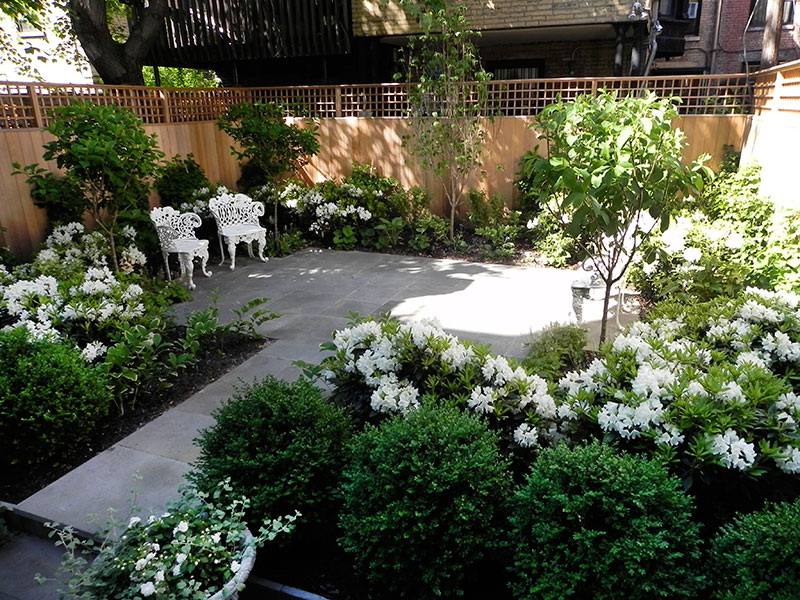
Paint with broad strokes.
It’s tempting to fill your garden with a patchwork of dozens of different plants, but you can achieve more in a smaller space by committing to a few high-performance plants, and giving them the room to shine.
Choose a few favorite, long-lasting flowering plants suited to your space and plant them in swathes or groups of three to five. There probably won’t be space for large hedges in a small garden; evergreens such as boxwood can be scattered through the flower borders one by one or two at a time.
On decks and roofs, clusters of containers — typically containing groupings of “thriller, filler and spiller” plants — will form the backbone of your design.
“It’s all about choosing the right plant for the right spot,” says Carmen DeVito of Groundworks. “What’s really going to ‘pay the rent’ after the installation and transformation of your garden, what’s going to look great through multiple seasons and keep on delivering year after year.”
Related Stories
The 9 Best Plants for Brooklyn Backyards, According to the Garden Pros
From Weeds to Wonderful: A Three-Week Garden Makeover With a Horizontal Fence
Six Urban Gardening Tips From Brooklyn’s Greenest Thumbs
Email tips@brownstoner.com with further comments, questions or tips. Follow Brownstoner on Twitter and Instagram, and like us on Facebook.
[sc:daily-email-signup ]

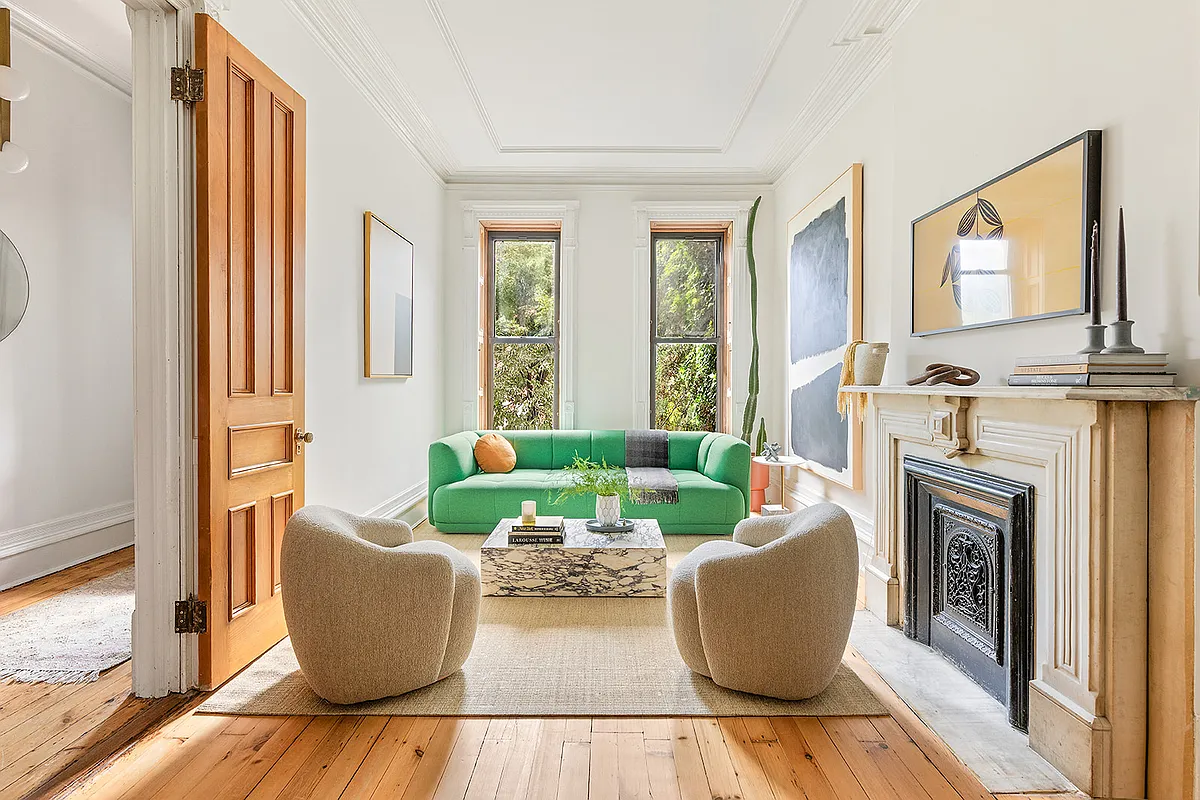
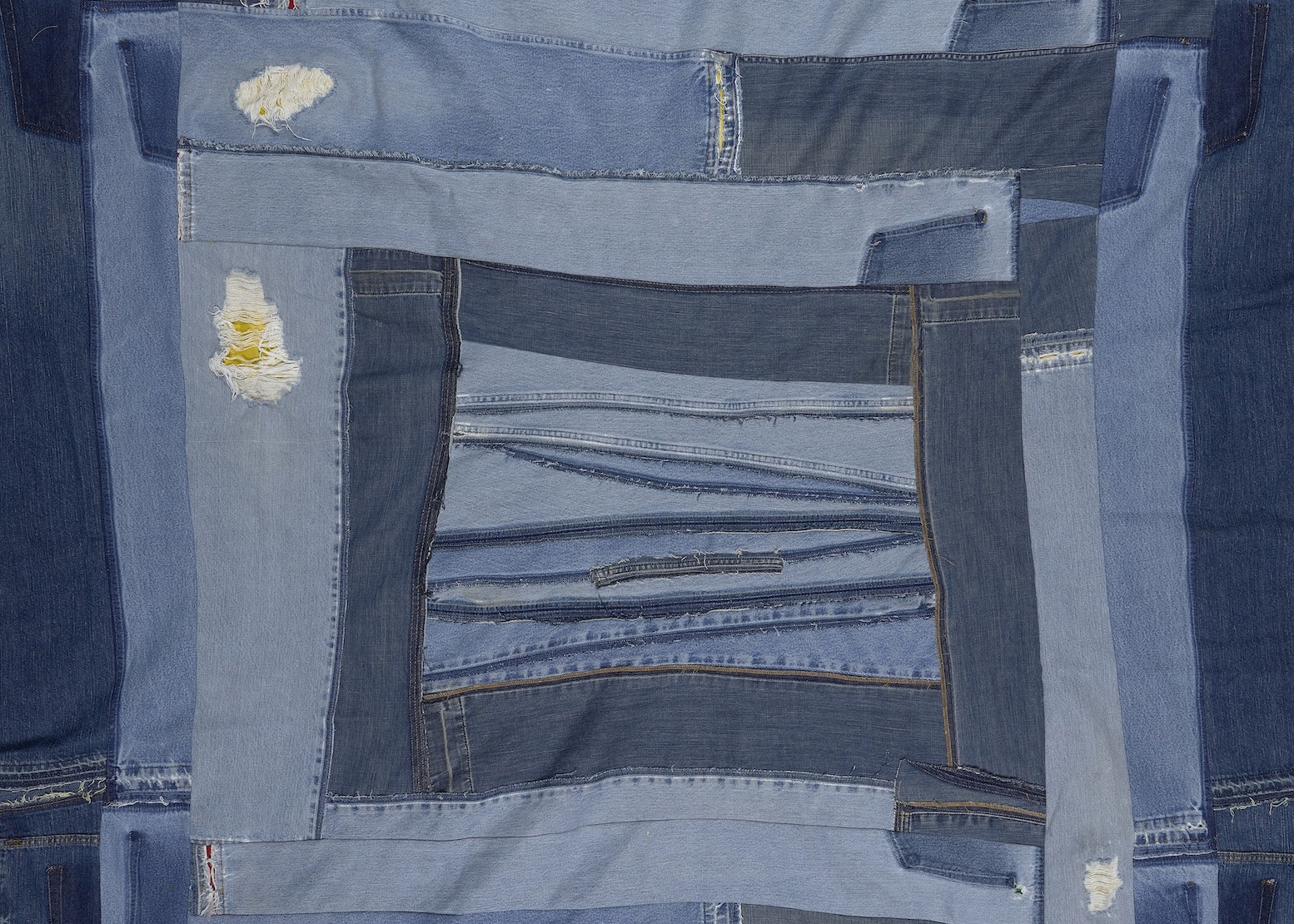
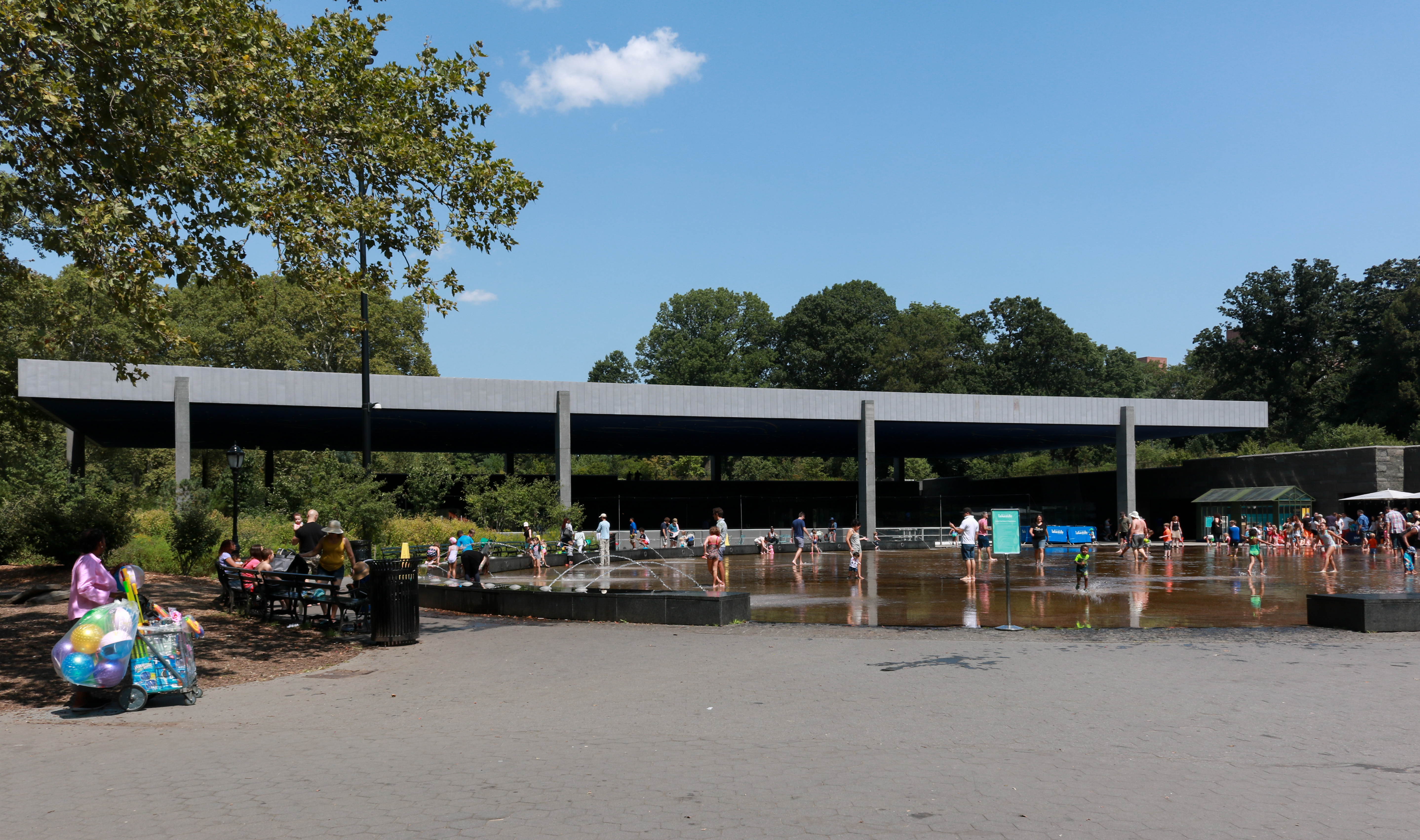
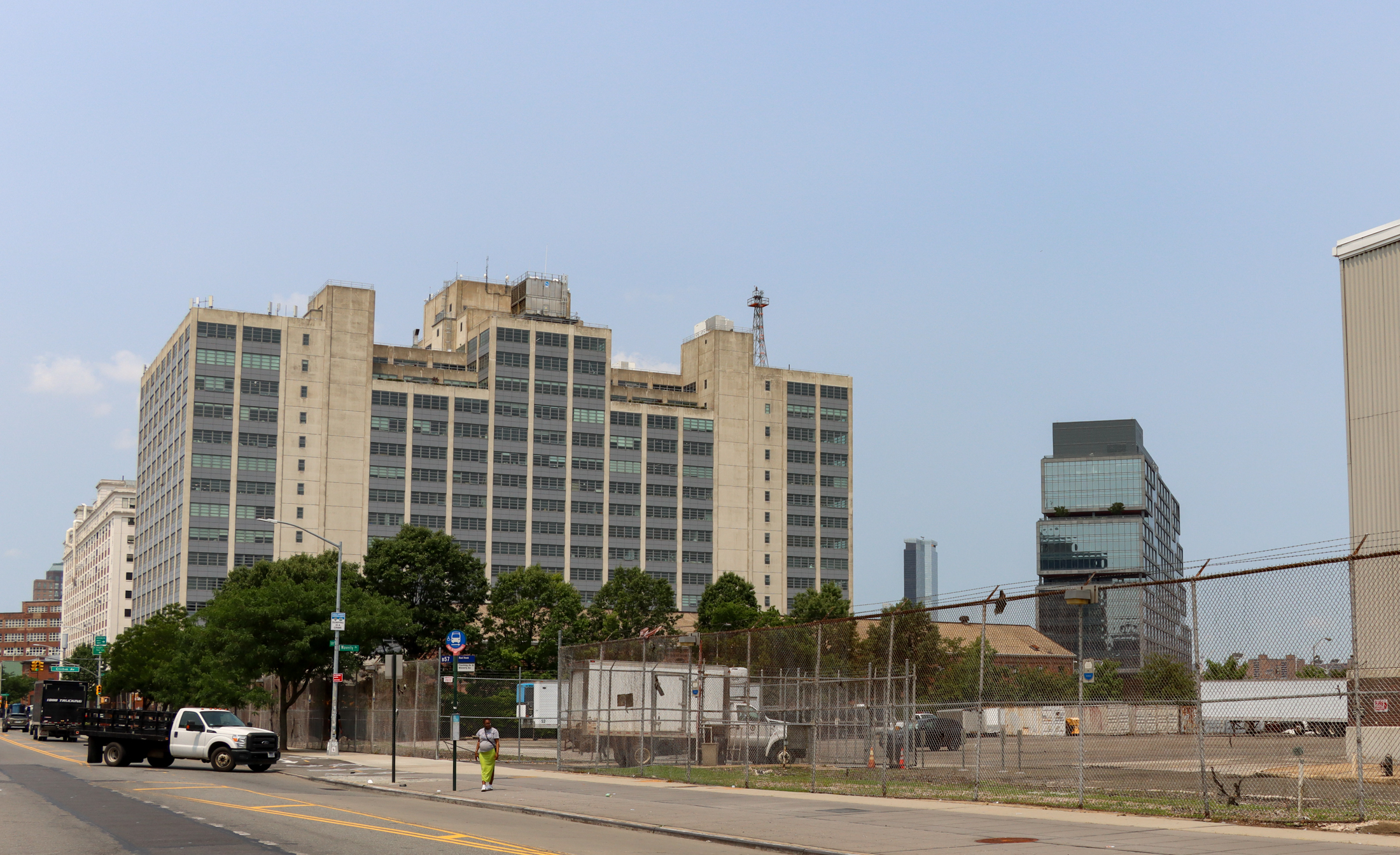
What's Your Take? Leave a Comment